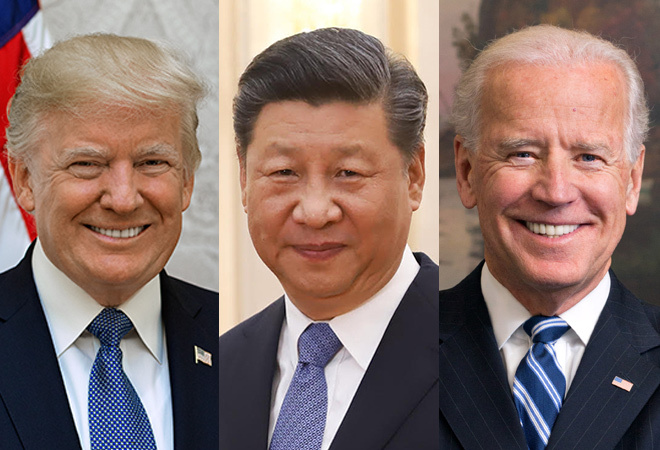Notifications
 JustTheFacts Max
JustTheFacts Max![]() -
December 1, 2021 -
Society -
Japan
China
USA
World War III
-
6.7K views -
0 Comments -
0 Likes -
0 Reviews
-
December 1, 2021 -
Society -
Japan
China
USA
World War III
-
6.7K views -
0 Comments -
0 Likes -
0 Reviews

By 'JustTheFactsMax' -
In a recent report, the European Union's ruling party said it would double its defense spending by 2023. This announcement was accompanied by a decision to move forward with the new EU-China Comprehensive Agreement on Investment, signed on November 15. Neither country has made a formal announcement about this deal. However, there are concerns that China could put the U.S. in a precarious position should a military conflict break out.
While Taiwan may be able to defend itself in the event of a conflict with China, it is a different story regarding the future of the Indo-Pacific region. While the United States has nearly total air superiority in the Strait of Taiwan, the Chinese could sink two or three cargo ships, crippling the commercial sea traffic in the region. Moreover, although the U.S. could move its aircraft carriers close to Taiwan's eastern coast, the passive defenses on the island could absorb a few blasts.
While China has not formally acknowledged this, its actions indicate a growing military presence. Its Navy consists of more than 100 smaller surface combat ships, 36 major surface combatants, and four submarines. Beijing has taken advantage of the rift between allies to assert its power. It is essential to keep this in perspective. If the PRC's intentions are true, the U.S. can remain peacefully engaged in the Far East.
The U.S. and China are asymmetrical threats. Both have nuclear weapons and naval forces, and both countries are preparing for war. In the past, China has been the aggressor in the South China Sea, but today, it is an equal opponent. As a result, the alliance has created a new military partnership called AUKUS. This military alliance will counter the aggressive Chinese capabilities.
The Chinese Navy is rapidly modernizing its armed forces. Its fleet has two aircraft carriers and is preparing to launch hypersonic rockets. The Chinese government has also begun a modernization program for its Navy. As a result, they are probable to have a third carrier operational by 2022. As a result, their Navy is putting the world on the edge of war. This strategy responds to the increasing number of aircraft and the escalating threat of Chinese aggression in the Western Pacific.
While the U.S. and China face off over the Korean Peninsula, it is unclear which nation will win out in the end. The United States is a powerful military, and it can match China's arsenal in any capacity. The Chinese army is capable of executing conventional strikes within an hour. If it does, they could end up dominating the competition.
While it is easy to say that the Chinese missile forces are not invincible, they have a few significant flaws. For one, the PLA has developed anti-ship ballistic missiles that could target U.S. warships in the Western Pacific. Its rocket force has around 120,000 active troops. It is responsible for the upkeep of its conventional and nuclear missiles. Moreover, the rocket force has expanded its nuclear arsenal steadily.
The United States should not rely solely on the Chinese military to win the battle. Its actions will only cause more tension. If the United States fails to stand its ground, China will focus its capabilities on its backyard. As a result, neither country will win, which makes the situation even more volatile. Ultimately, the U.S. and China Face Off in The Far East, triggering World War III.
The U.S. and China Face Off in The Far East - As both nations continue to increase their military capabilities, they are also a threat to international institutions. Washington has repeatedly warned that the Chinese government could threaten the stability of neighboring nations, such as Taiwan and Japan. It also has the potential to launch an attack against a swarm of smaller ships in the region. Nevertheless, it must use the advantages of its various forces to keep the situation calm.
